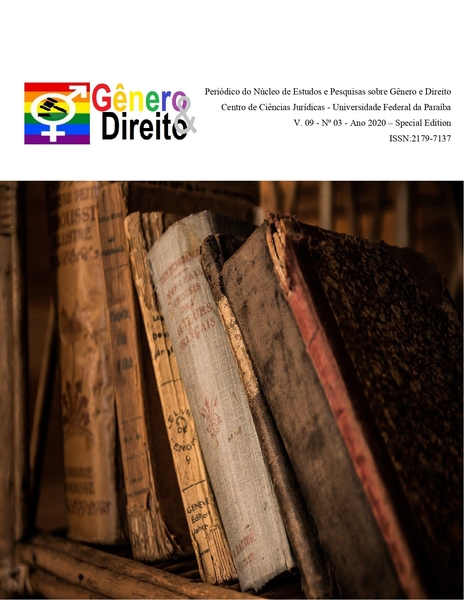GENETIC APPROACHES TO THE STATE CATEGORY
Palavras-chave:
Functions of the State, Evolution of the State, Statehood, Political Society, Historical forms of the State, Еssence and legal nature of the State, State purpose.Resumo
The article analyzes various functional paradigms of the state, which will help to reveal the essential, organic aspect of a state-organized society existence. A state of any historical type implements itself in activity and, therefore, has a functional basis in which the unchanging is embodied that is inherent in it at all stages of evolution. Universal functions implement the essential characteristics of a state as an institutional expression of activities aimed at "common affair" solution. A functionally organized state embodies a certain type of activity that satisfies the need for self-preservation and purposeful organization. Therefore, the functional approach to the study of the state phenomenon allows us to reveal the most important properties belonging to all states, at any evolution stage in which the social purpose of the state as such and, ultimately, its objective (essential) and subjective meaning is manifested.
Downloads
Referências
2. Lyubashits V.Ya. General theory of the state. Part 2. Historical types, form, mechanism and the functions of the state. Rostov-on-Don. 1993.
3. Philosophical Encyclopedia. V. 5. M., p. 418. 1970.
4. Kask L.I. State functions and structure. L., 1969. p. 4.
5. Philosophical Encyclopedic Dictionary. M., 1989. p. 718.
6. Malinovsky B. Magic and Religion. Religion and Society. M., 1996. p. 46.
7. Radcliffe-Brown A.R. Method in social anthropology. M., 2001. p. 66.
8. Merton R.K. Explicit and latent functions. American sociological thought. M., 1994. pp. 386-399.
9. Parsons T. The concept of society: components and their mutual relations. Thesis. V.1. №2. pp. 100-101. 1993.
10. Parsons T. Author's point of view. Structural and functional analysis in modern sociology. The information bulletin of the SSA. No. 23 (38). Issue 11. M., p.98. 1969.
11. Hessen S.I. The Rule of Law and Socialism. Collected Works. Moscow: ROSSPEN, 1999. p. 395.
12. Nersesyants V.S. Legal axiology. Political-legal centers: history and modernity. M.: URSS, 2000. pp. 5-30.
13. Rozov N.S. Towards a justified periodization of world history. Structures of history. Time of peace. Issue 2. Novosibirsk, 2001. p.264.
14. Chirkin V.E. The modern state. M., 2001. p. 199.

